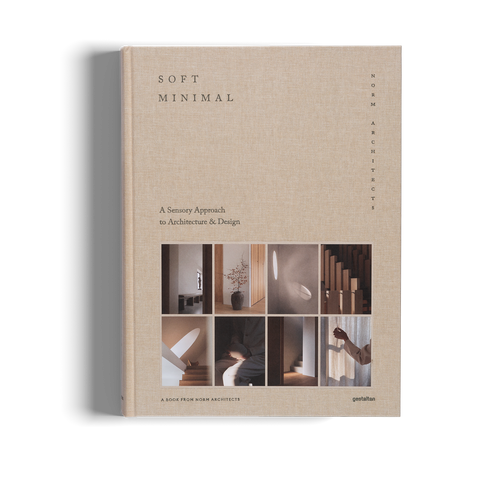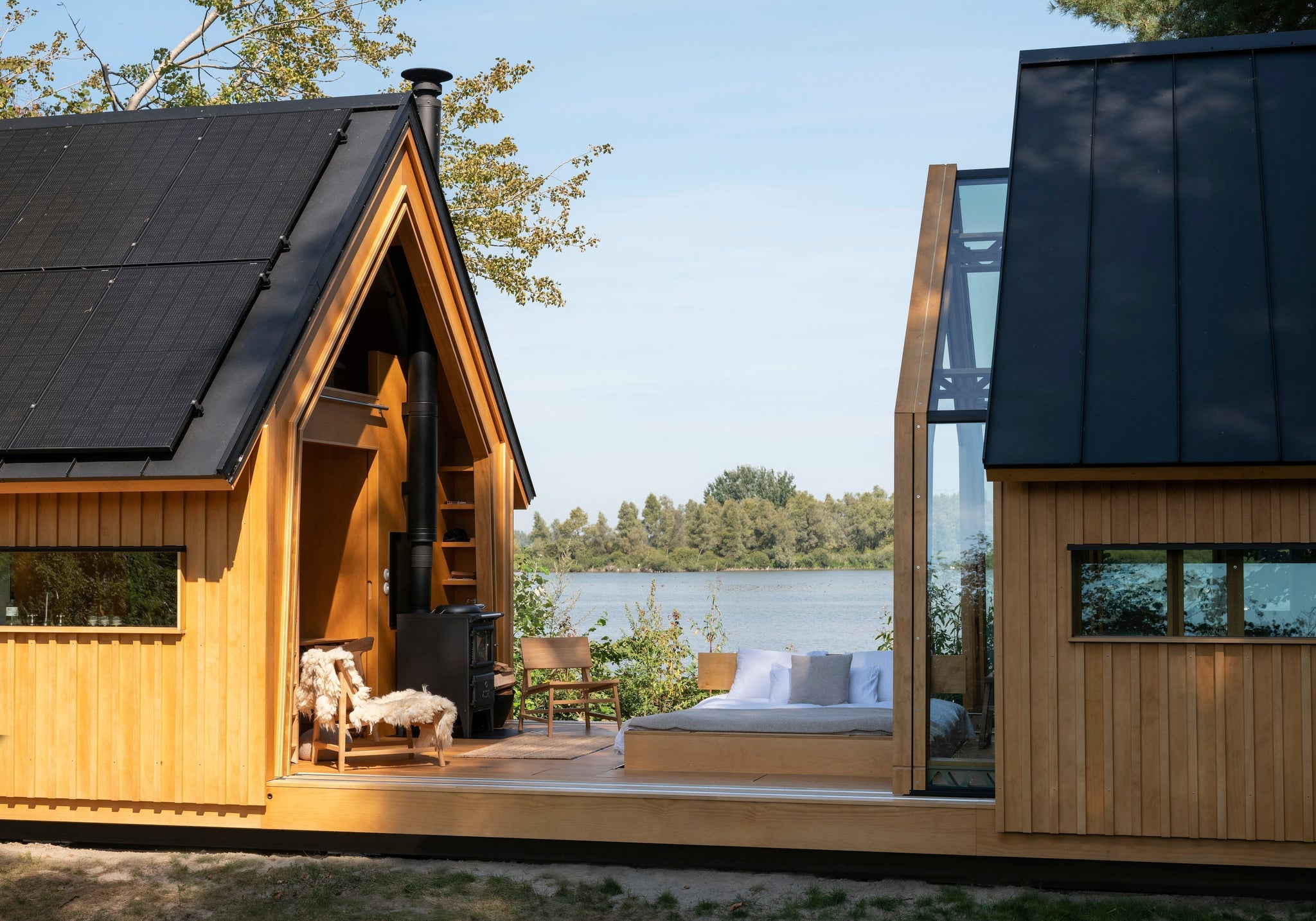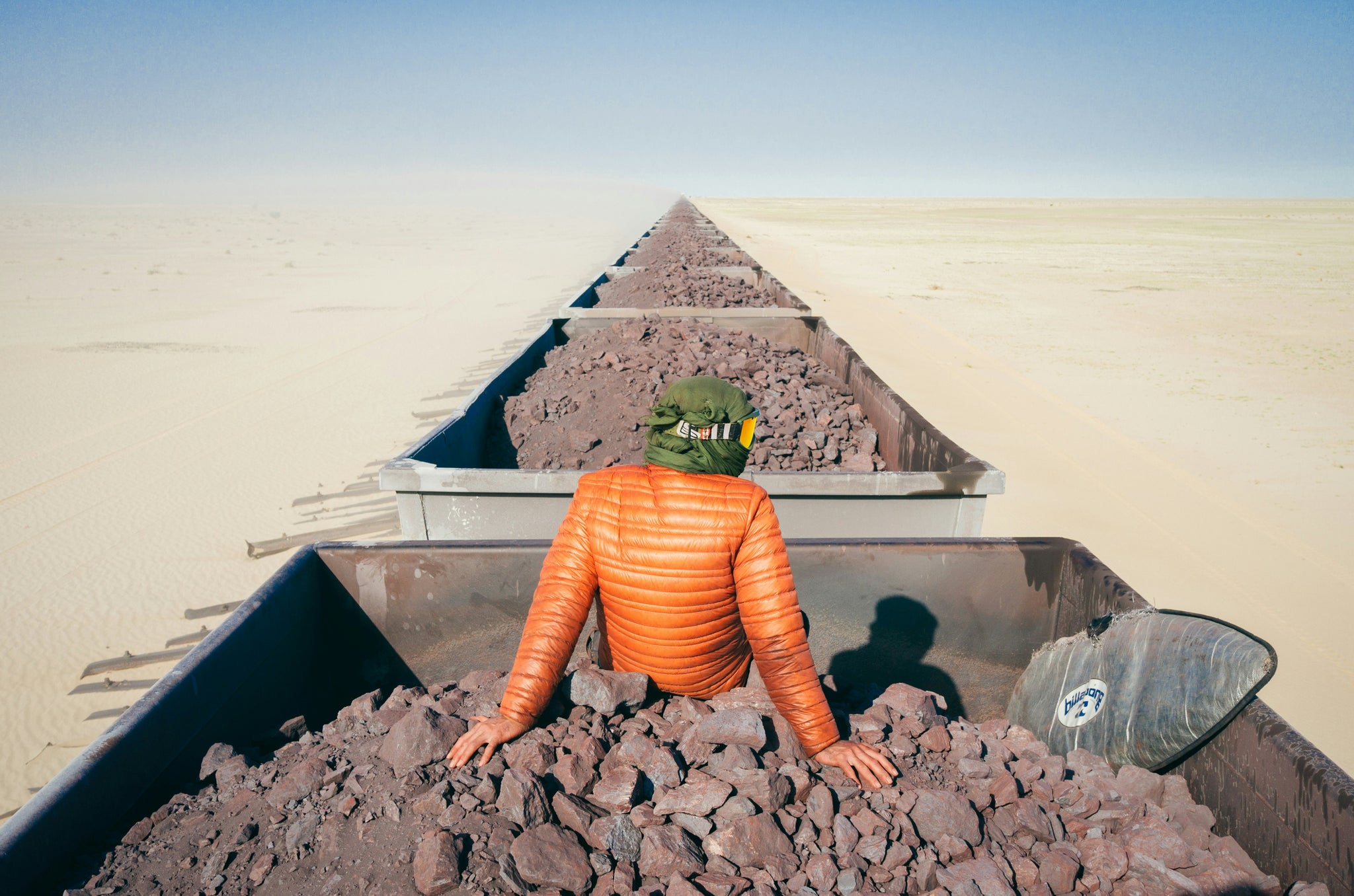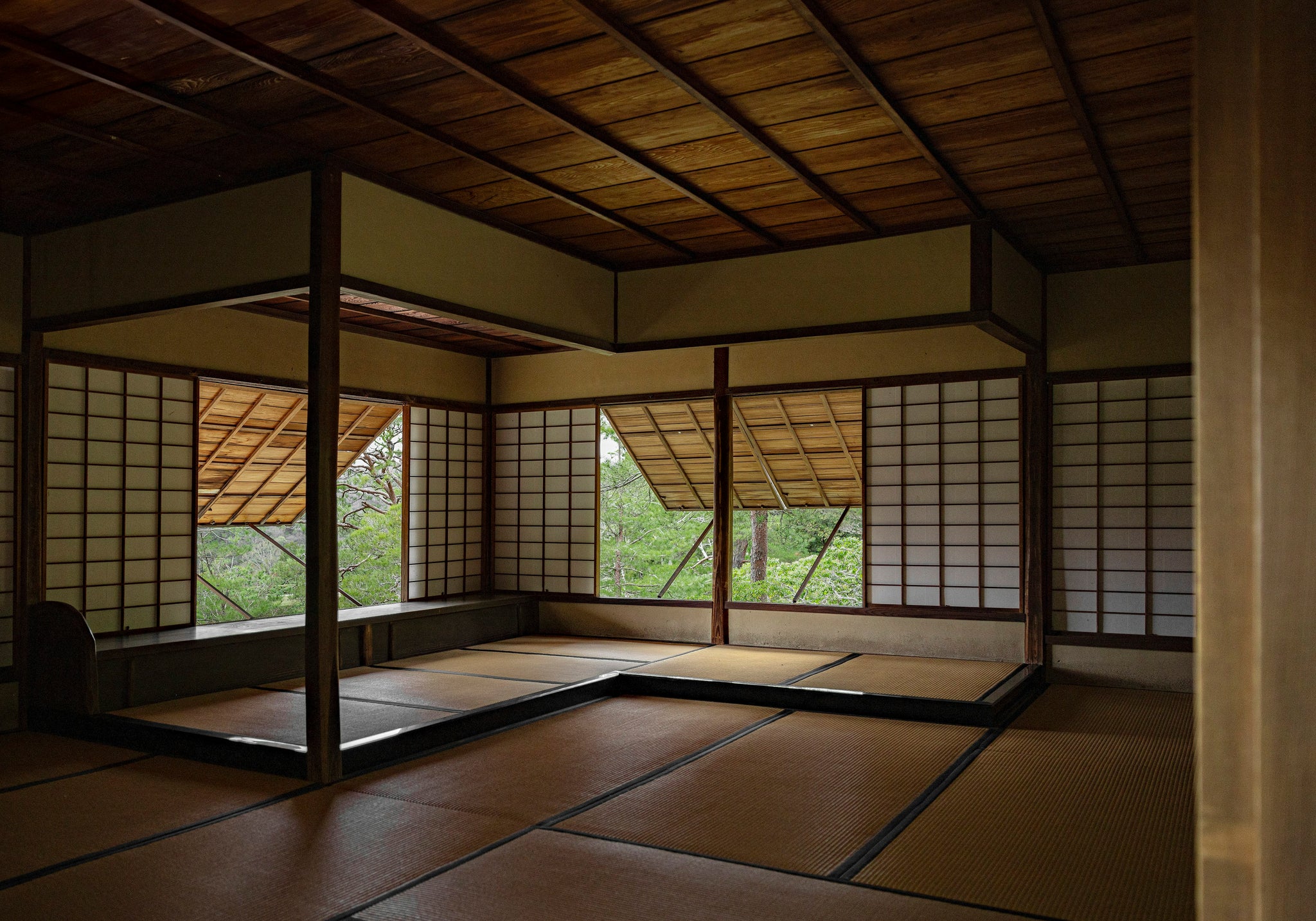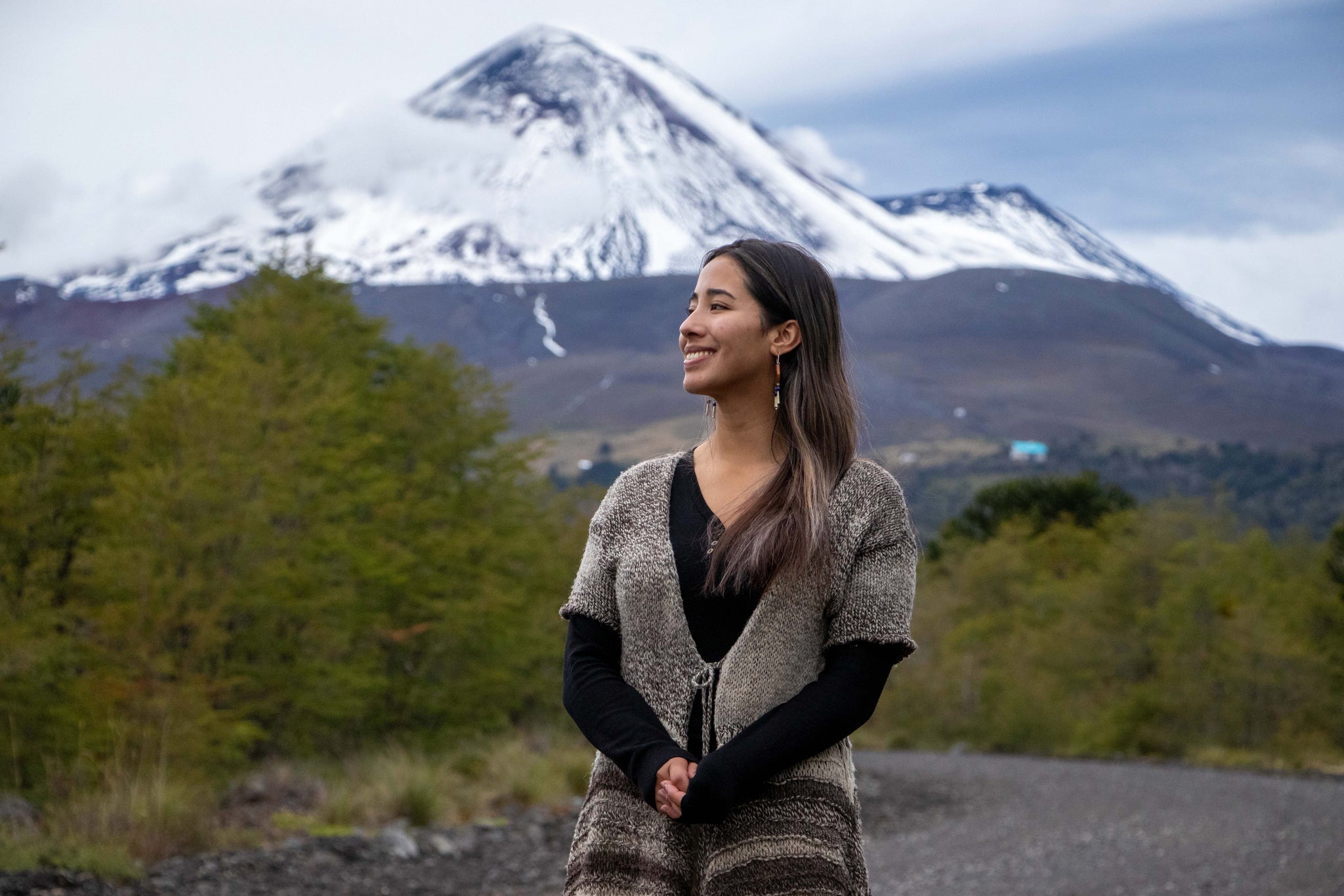
01/2021 architecture & interior
For centuries humanity has been intent on creating the ideal city, a utopian-like vision that has driven civilizations into near extinction in a gambit to realize this dream. The Italian Renaissance era romanticized the idyllic municipal, Federico da Montefeltro famously commissioned the 'Città Ideale' painting which suggested for a place to be 'perfect' during the age of modernity, it must be orderly and architecturally uniformed. But rarely was human accessibility or emotion admitted into the conversation. How citizens behave in these spaces was often an afterthought in a decision made by a select few.
Empires and societies built boulevards or citadels on mountains, but all failed to create the ideal city. Symbolic structures don't make a place perfect, and there is no one-size-fits-all recipe to make cities a better home for humanity. Today, over 1.5 million people across the world migrate to urban areas every week. Several metropolitan areas are more inhabited than certain European countries and often function as a state within a state. To accommodate the growing urban population, we will have to almost double the size of our urban environment within a few decades—the equivalent of building a city the size of Paris every other month for the next 30 years. We find ourselves at a crossroads of growth, inequality, and climate crises. Despite the economic opportunities, urban spaces often fail to serve the people that call it “home.”

For the cities of the future to be better homes for humanity they need to be prepared for climate change and apply green technology whenever possible. The KMC office designed by RMA Architects in Hyderabad, India, takes the green wall in a new direction. Seasonal plants are chosen to bloom at different times throughout the year. They also filter light and air through the building. (Photo: Robert Stephens, The Ideal City)
Society is staring at itself and asking: “What kind of cities do we want to live in?” In a collaborative conversation about what we want and need to create for the next era of humanity, SPACE10 and gestalten have joined forces on The Ideal City. The book goes into the heart of the dilemma, what is believed important for a good quality of life, and explores the solutions big and small to show why leaving the modernist belief of uniform behind can help make our cities better.
In this book, we travel to 52 cities in 30 countries, gathering insights from architects, designers, researchers, entrepreneurs, planners, and community leaders on how to create cities that will support the well-being of both people and our planet. Cities need to meet human needs to be liveable and once this foundation is set, they can become idyllic. Weighing in on the conversation, The Ideal City features the likes of urban designer Jan Gehl, Urban-Think Tank founding partner Alfredo Brillembourg, Pakistani architect Yasmeen Lari, Danish visionary Bjarke Ingels, American transportation entrepreneur Robin Chase, and climate activist Xiye Bastida to name a few.
To future-proof the cities of tomorrow, the book focuses on five principles that should sustainably steer development to make them as inclusive as possible. The first principle is resourceful, meaning that a city manages to be both ecologically and economically sustainable. Urban spaces will have to be welcoming to humans and wildlife—it will have to prioritize circular principles, meaningfully closed water, nutrition, material, and energy loops. It builds sustainably and uses waste as a resource.

Density has been a problem many cities have had to contest with for centuries, especially in Utrecht, the Netherlands. If cities are to become more livable, then making home for cyclists in the tightest of spaces will create better connections between people and urban landscape. Ector Hoogstad Architecten created the world's biggest bicycle parking garage in 2017, the space can store up to 12,500 bikes and is positioned next to the main train station. (Photo: Petra Appelhof, The Ideal City)
The second arching principle is how safe a city is and feels. This means resilience to climate change, extreme weather events, and flooding. But it also promotes a feeling of safety by protecting all, with an emphasis on crime prevention and rehabilitation. Beyond that, a safe city guarantees a healthy environment to live in while providing access to resources such as food, water, shelter, care, plus fosters physical and mental well-being through access to health care and green spaces. For this principle to work, it needs to be accessible, which is the third principle. An accessible city is built for diversity, inclusion, and equality—regardless of age, ability, gender, religion, financial stability, ethnicity, sexual orientation, and gender identity, or political views. It ensures fair and equal access to urban amenities, employment, health care, education, services, business, culture, leisure, heritage, sport, and nature. Finally, a truly accessible city provides affordable housing and access to homeownership, inclusive decision-making with transparent governance, and fosters community involvement and empowerment.
Global urbanization and our relationship with space will be different, humanity needs to learn to foster a shared sense of community, collaboration, and togetherness. Learning to build for 'shared' experiences is the fourth principle, this is something crucial for social interaction through facilities, public spaces, coworking and co-living spaces, and transportation. It enables pooling intangible resources too, like skill-share, shared mobility technologies, or initiatives that encourage meaningful social connections.

In the book, Danish firm Gehl Architects show that if we approach the design of public space with a more human-centered direction, we can greatly enhance the quality of life for all. This discourse is changing how certain cities approach traffic and cars, especially in San Francisco. (Photo: Diane Bentley, The Ideal City)
The final principle in the path to the ideal city is having a desirable place to live and work. What ultimately attracts migration to cities is more opportunities and a better standard of living, but the urban spaces of the future also need to be pleasurable to be in. They need to be designed on a human scale, making everything accessible within a 15-minute walk. It is an environment that encourages the playful side of individuals by promoting curiosity, wonder, and discovery. It nurtures a vibrant public life, with access to culture, art, and activities, as well as appealing public spaces for relaxation, well-being, and learning.
For centuries painters, philosophers, and politicians envisioned their utopian city merely from an artistic perspective—failing to develop their visions further to consider the personal and environmental footprint. "Utopia is a literary invention of a place so perfect that it can’t exist in reality. But that’s exactly what we should be striving towards. Of course, you can’t realize utopia in a single flash. What we can do, however, is make sure that every time you are called upon to design a building or an urban space, you have to make this little fragment of the world more like the way you wish the world to be," Bjarke Ingels says in the book. Humanity will never make 'The Ideal City' a singular reality, but this vision instead lives collectively across cities through a variety of social, geographical, and economic contexts. This collaboration with SPACE10 illustrates stunning urban feats and how leaving the days of one-size-fits-all solutions behind can create a better urban future for humanity.
The Ideal City will be available from February 3 and March 30 for the United States of America. Find out more here.
The image below was taken in Copenhagen by Anne-Sophie Rosenvinge.


